GPCR/G protein

All GPCRs share a common seven trans-membrane structure. GPCRs are associated with heterotrimeric G-proteins which are GTP-binding proteins made of alpha, beta, and gamma subunits. When a ligand binds to GPCR, it activates the attached G-protein, the GDP is replaced with GTP. The activated G-protein then dissociates into an alpha and a beta-gamma complex which activates downstream signaling pathways. These intracellular signaling pathways include cAMP/PKA, calcium/NFAT, phospholipase C, protein tyrosine kinases, MAP kinases, PI-3-kinase, nitric oxide/cGMP, Rho, and JAK/STAT.
GPCRs are one of the most important therapeutic targets for various diseases, over 30% of all modern medicinal drugs target this family. Aberrant GPCR functions are involved in pathological conditions such as neurological, immunological and hormonal disorders. A large number of GPCRs have been identified, but whose ligands are not known, are classified as orphan receptors.
-
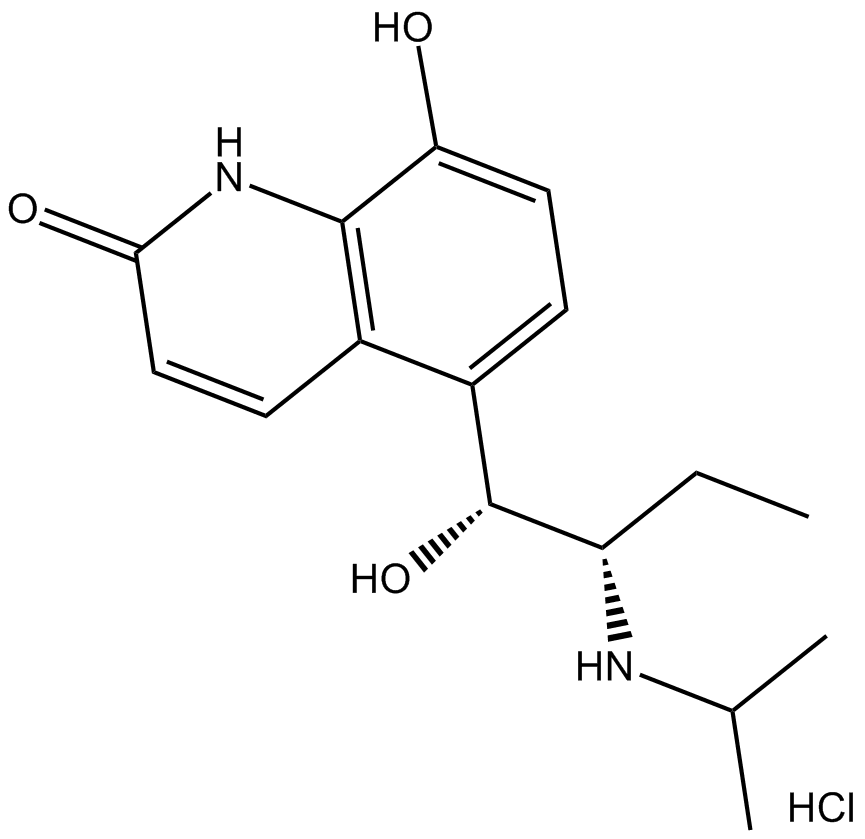 B6596 Procaterol hydrochlorideSummary: β2 agonist
B6596 Procaterol hydrochlorideSummary: β2 agonist -
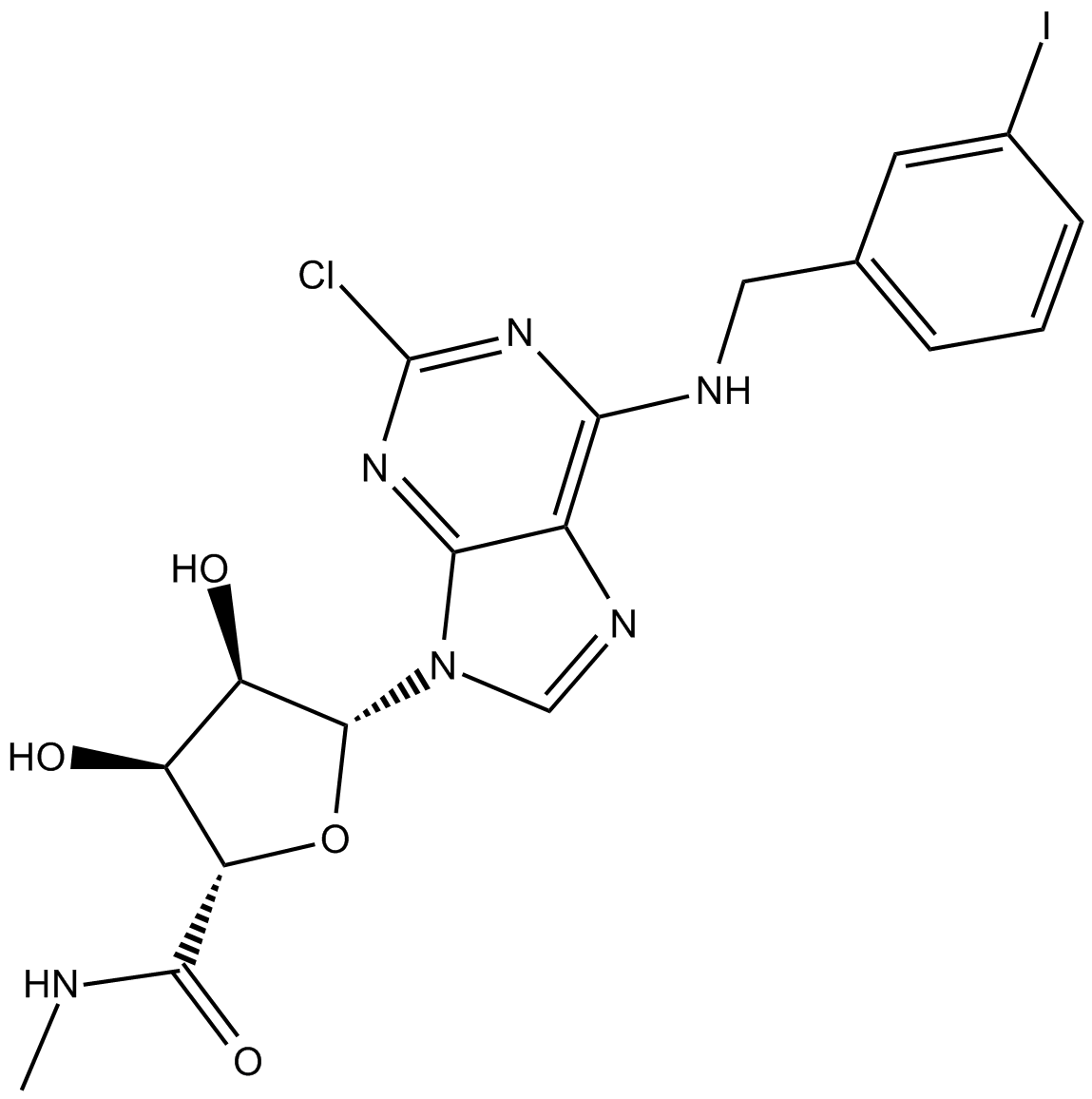 B6597 2-Cl-IB-MECASummary: A3 adenosine receptor agonist
B6597 2-Cl-IB-MECASummary: A3 adenosine receptor agonist -
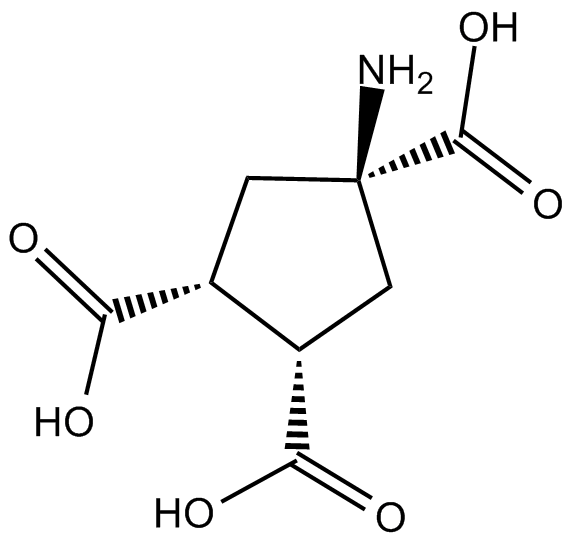 B6601 ACPT-IISummary: metabotropic receptor antagonist
B6601 ACPT-IISummary: metabotropic receptor antagonist -
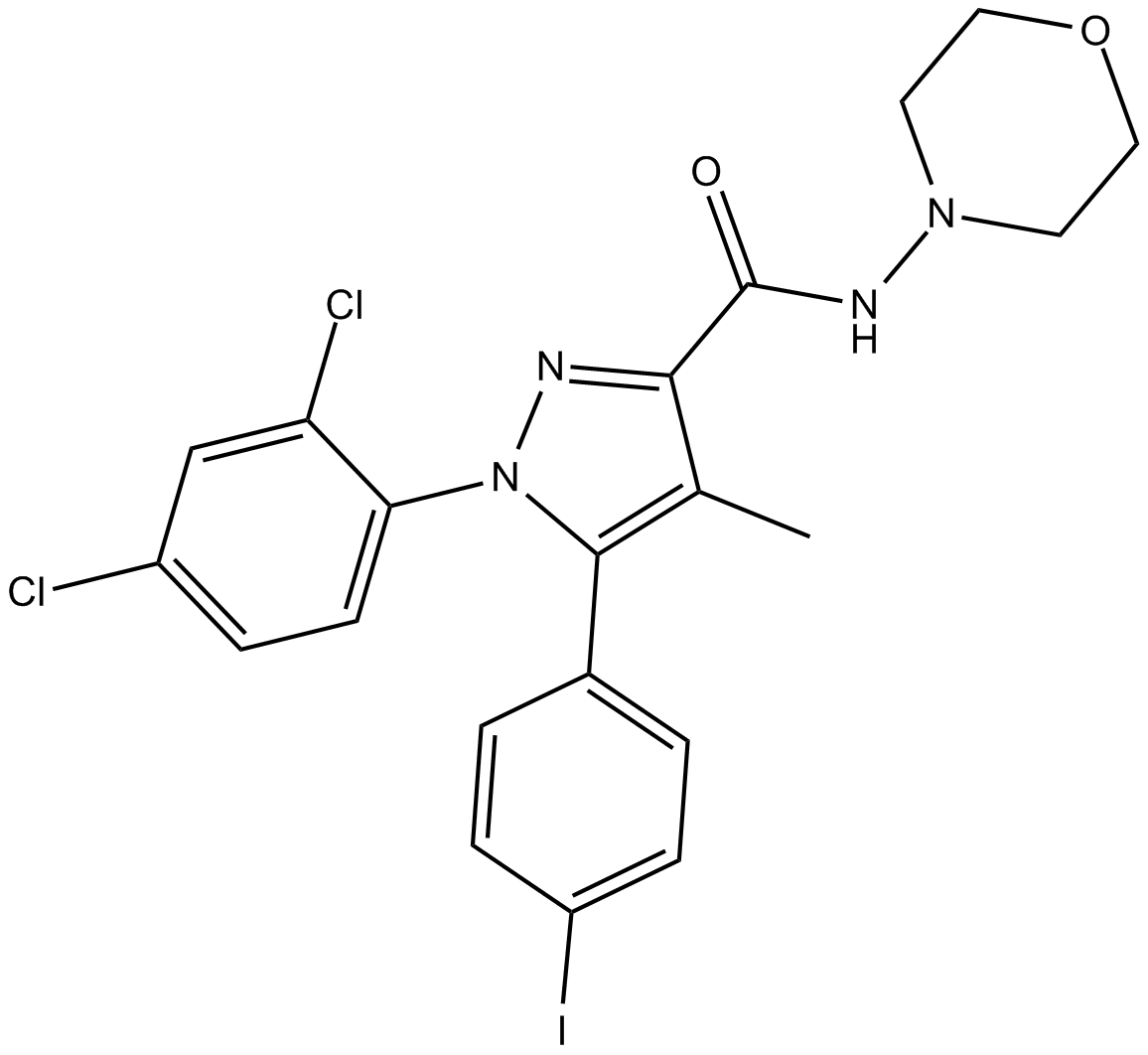 B6603 AM 2811 CitationSummary: CB1 antagonist
B6603 AM 2811 CitationSummary: CB1 antagonist -
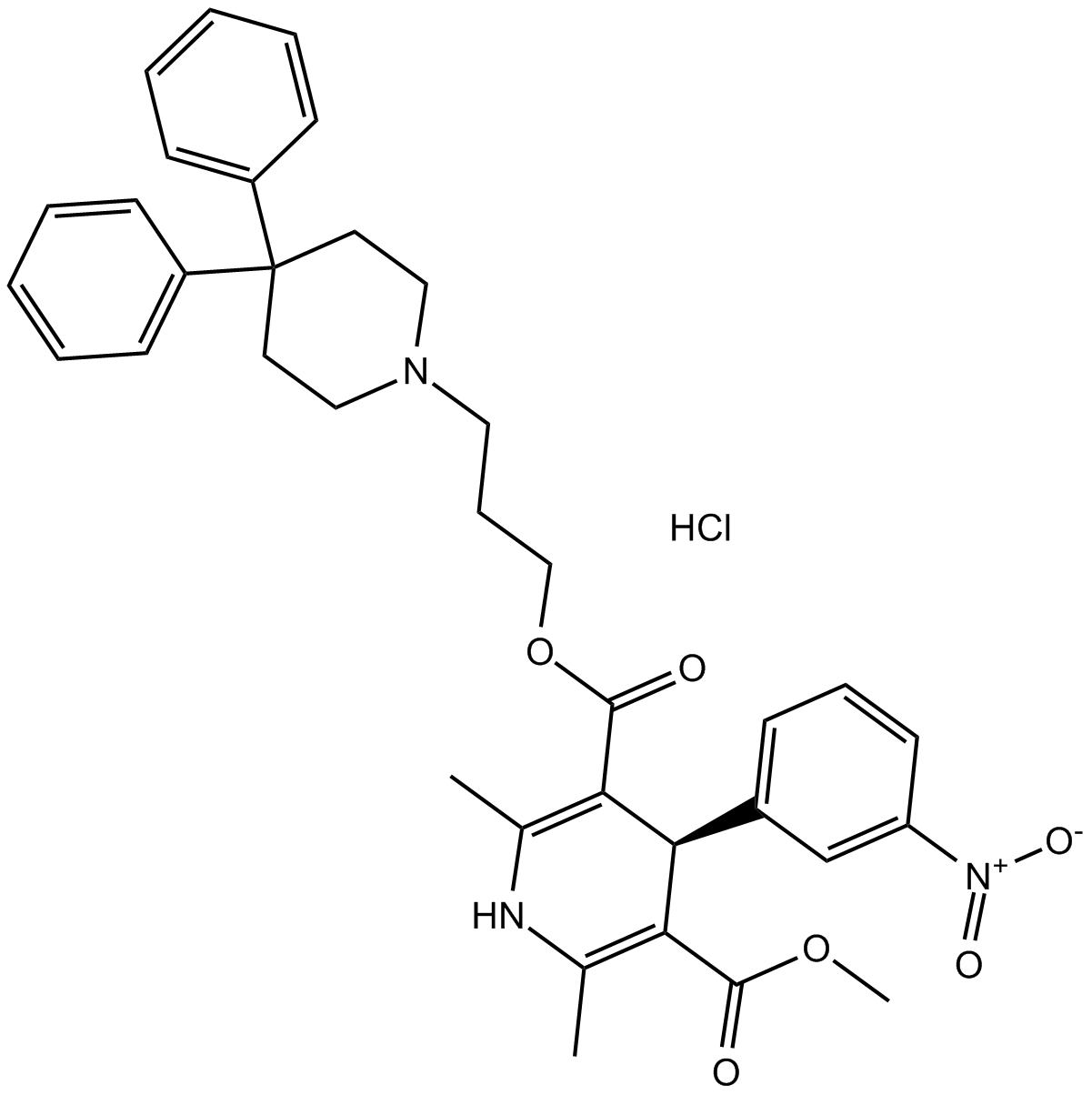 B6607 (S)-(+)-Niguldipine hydrochlorideSummary: L-type Ca2+ channel blocker and α1A-adrenoceptor antagonist
B6607 (S)-(+)-Niguldipine hydrochlorideSummary: L-type Ca2+ channel blocker and α1A-adrenoceptor antagonist -
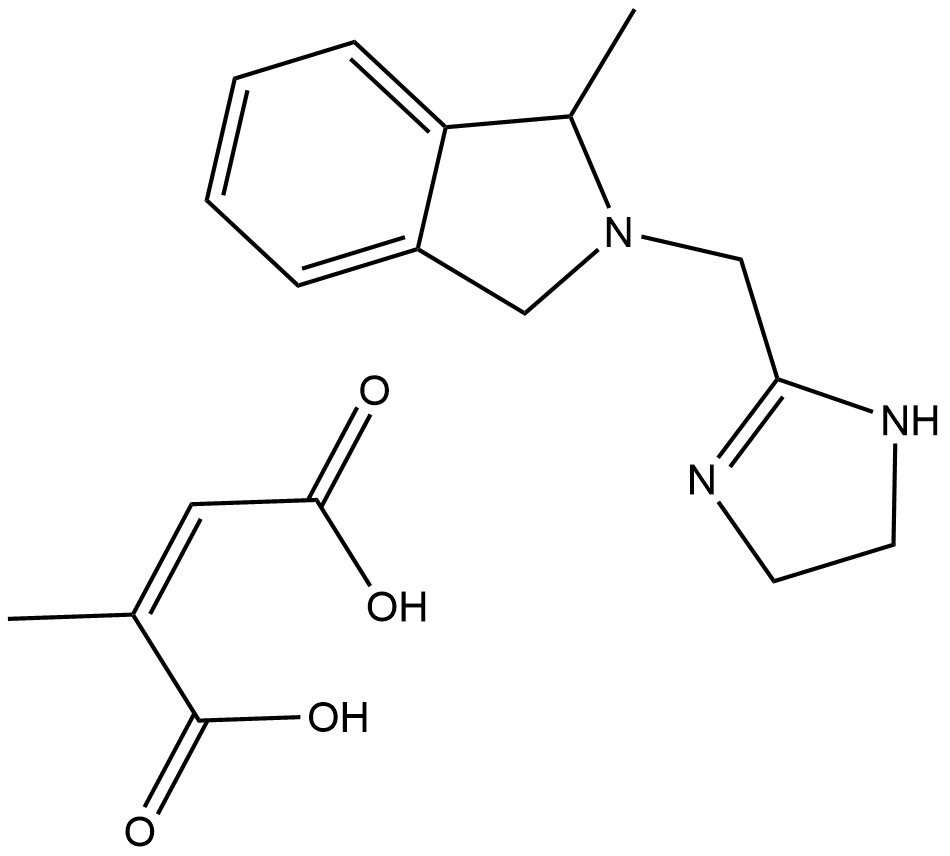 B6610 BRL 44408 (maleate)Summary: Selective α2A-AR antagonist
B6610 BRL 44408 (maleate)Summary: Selective α2A-AR antagonist -
 B6611 CGP 12177 hydrochlorideSummary: β1/β2-AR antagonist,β3 AR partial agonist
B6611 CGP 12177 hydrochlorideSummary: β1/β2-AR antagonist,β3 AR partial agonist -
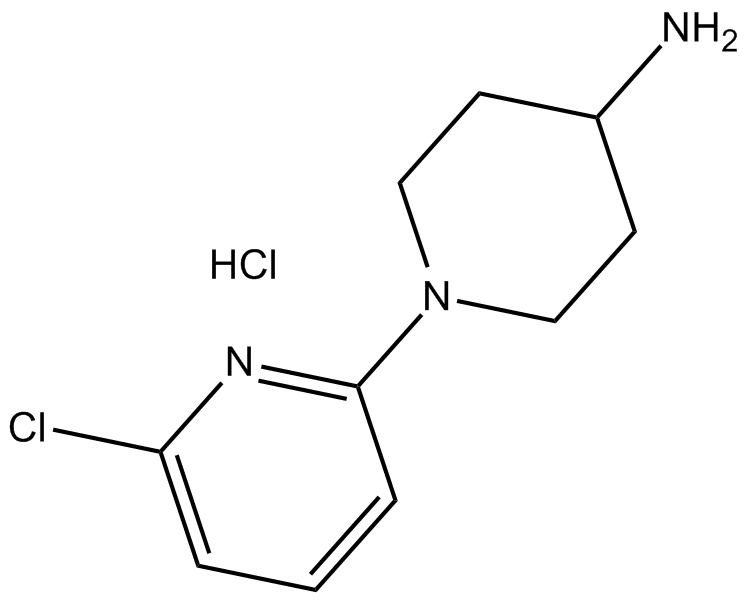 B6632 SR 57227 hydrochlorideSummary: 5-HT3 receptor agonist
B6632 SR 57227 hydrochlorideSummary: 5-HT3 receptor agonist -
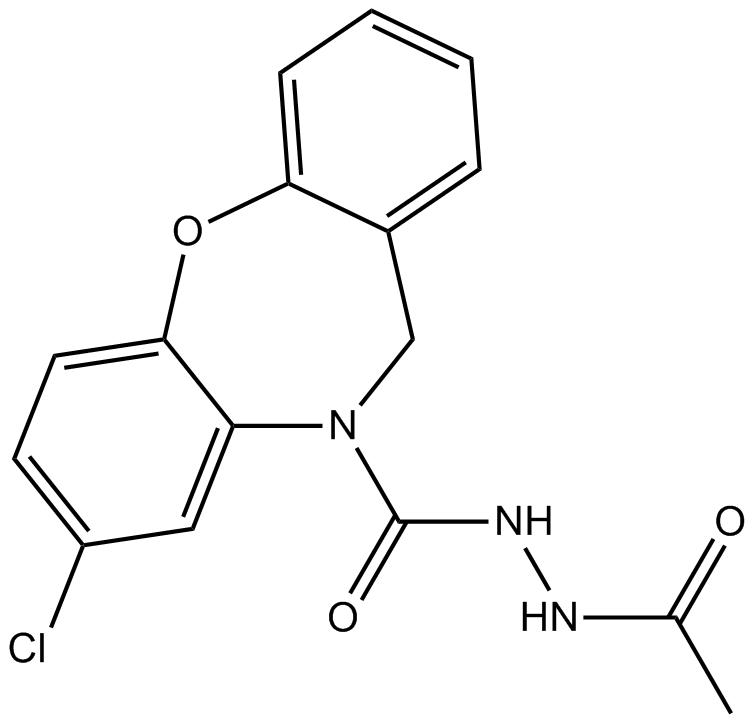 B6633 SC 19220Summary: EP1 receptor antagonist
B6633 SC 19220Summary: EP1 receptor antagonist -
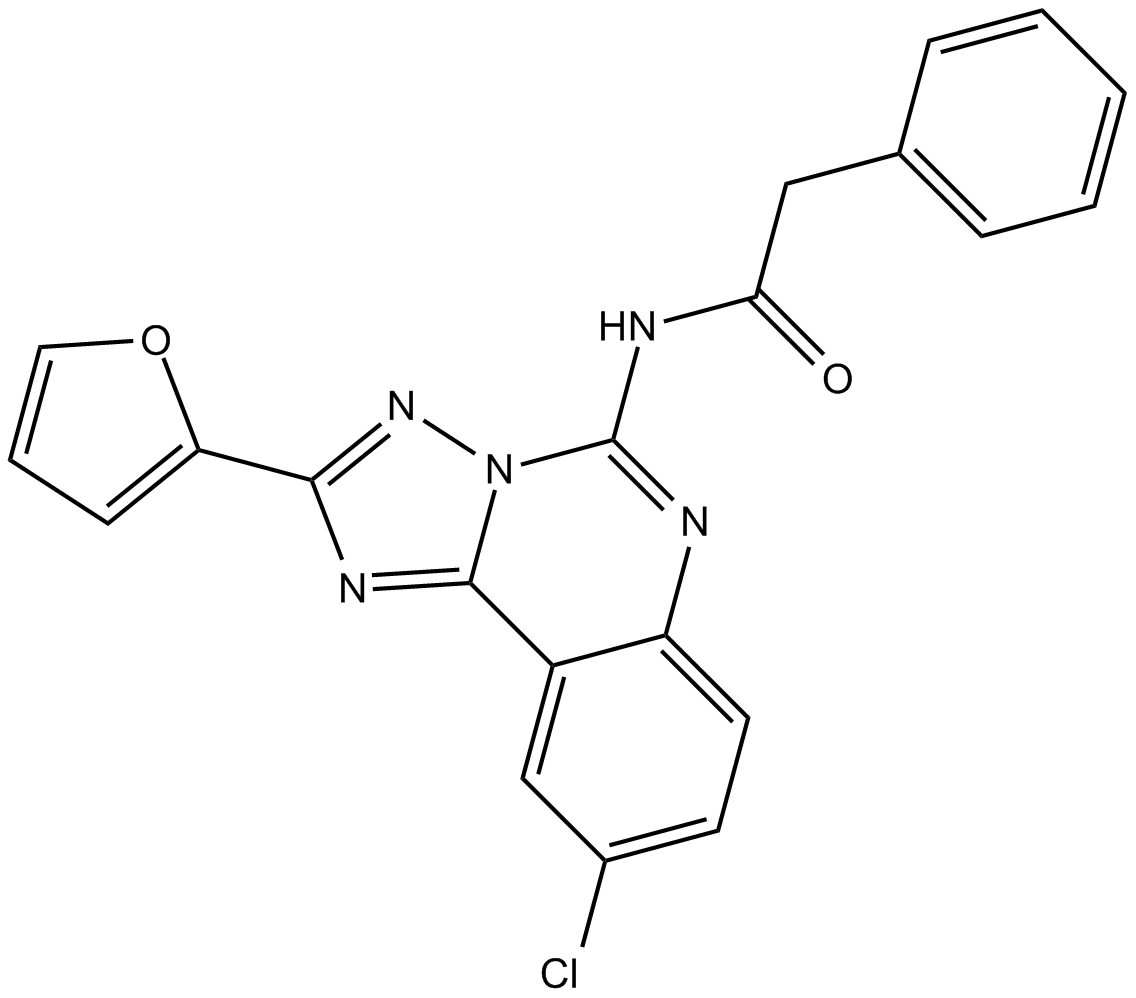 B6637 MRS 1220Summary: human A3 adenosine receptor antagonist
B6637 MRS 1220Summary: human A3 adenosine receptor antagonist

